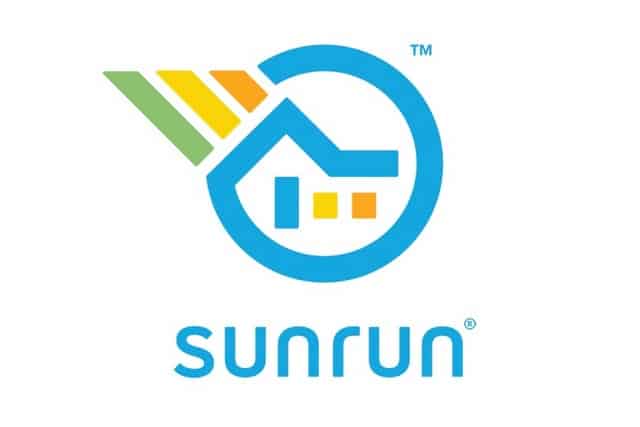The California Public Utilities Commission (CPUC), in ongoing efforts to support transportation innovation, today issued a proposal that would authorize the first participant in its Autonomous Vehicle Passenger Service Driverless Deployment program. With this proposed authorization, Cruise LLC may offer passenger service in AVs without a driver present in the vehicle. The proposal will appear on the CPUC’s Voting Meeting Agenda no sooner than the June 2, 2022. The public can comment on the proposal on the proceeding’s Docket Card.
The proposal issued today would approve Cruise’s application for authorization to participate in the CPUC’s Phase I Driverless AV Passenger Service Deployment program. With this authorization, Cruise could offer passenger service in its AVs without a safety driver present on select streets in San Francisco from the hours of 10 p.m. to 6 a.m. daily, among other conditions. Cruise would be authorized to collect fares for these rides, but would not offer shared rides between passengers from different parties at this time.
In February 2022, under a Phase I Drivered Deployment permit, Cruise was authorized to collect passenger fares for service in AVs with a safety driver present in the vehicle. Cruise is currently authorized to participate in two Commission AV programs: Driverless Pilot and Phase I Drivered Deployment. The Driverless Deployment passenger service authorization in today’s proposal would be the first in California.
The CPUC regulates the use of AVs in providing passenger service throughout California. It does so through the permitting processes for the programs, data collection and analysis, and potential investigative or enforcement actions. The CPUC has adopted specific goals for the AV programs: 1) protect passenger safety, 2) expand the benefits of AV technologies to all Californians, including people with disabilities, 3) improve transportation options for all, particularly for disadvantaged communities and low-income communities, and 4) reduce greenhouse gas emissions, criteria air pollutants, and toxic air contaminants, particularly in disadvantaged communities. AV policy and regulatory issues are addressed in Rulemaking 12-12-011. The public can comment on the proceeding on the Docket Card.
The proposal is available at https://docs.cpuc.ca.gov/SearchRes.aspx?docformat=ALL&docid=472219772. Comments are due May 19, 2022.
More information on the CPUC’s AV programs is available at https://www.cpuc.ca.gov/regulatoryservices/licensing/transportation-licensing-and-analysis-branch/autonomous-vehicle-carrier-pilot.
The CPUC regulates services and utilities, protects consumers, safeguards the environment, and assures Californians’ access to safe and reliable utility infrastructure and services. For more information on the CPUC, please visit www.cpuc.ca.gov.
###



